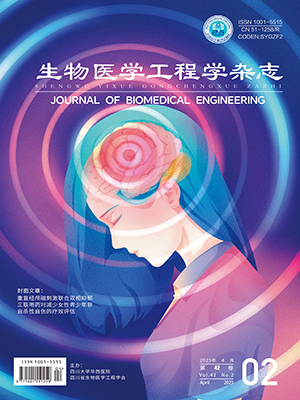In order to improve the interfacial bonding strength of hydroxyapatite/polyurethane implanted material and dispersion of hydroxyapatite in the polyurethane matrix, we in the present study synthesized nano-hydroxyapatite/polyurethane composites by in situ polymerization. We then characterized and analyzed the fracture morphology, thermal stability, glass transition temperature and mechanical properties. We seeded MG63 cells on composites to evaluate the cytocompatibility of the composites. In situ polymerization could improve the interfacial bonding strength, ameliorate dispersion of hydroxyapatite in the properties of the composites. After adding 20 wt% hydroxyapatite into the polyurethane, the thermal stability was improved and the glass transition temperatures were increased. The tensile strength and maximum elongation were 6.83 MPa and 861.17%, respectively. Compared with those of pure polyurethane the tensile strength and maximum elongation increased by 236.45% and 143.30%, respectively. The composites were helpful for cell adhesion and proliferation in cultivation.
Citation: GUMuqing, XIAOFengjuan, LIANGYe, YUELin, LISong, LILanlan, FENGFeifei. In Situ Polymerization and Characterization of Hydroxyapatite/polyurethane Implanted Material. Journal of Biomedical Engineering, 2015, 32(4): 826-831. doi: 10.7507/1001-5515.20150149 Copy
Copyright © the editorial department of Journal of Biomedical Engineering of West China Medical Publisher. All rights reserved
-
Previous Article
Study on the Photo-thermal Effect of Gold Nanorods Irradiated with Near Infrared Region Laser in Different Conditions ZHANGShiwen, HEXiaoguang, DONGShouan, LIXiaojiang, YANGFulong, WANGYuanling -
Next Article
Inhibitory Effect of Hydroxyapatite Particles with Different Size on Malignant Melanoma A375 Cells: A Preliminary Study GUOBo, LIBo, WANGYan, HONGYouliang, ZHANGLingli, ZHANGXingdong




